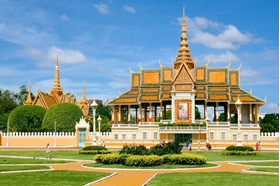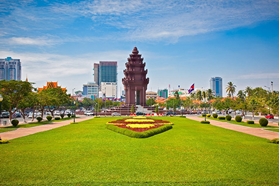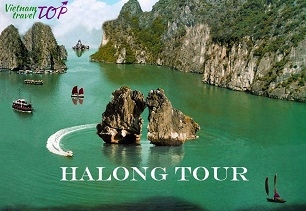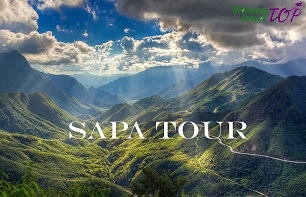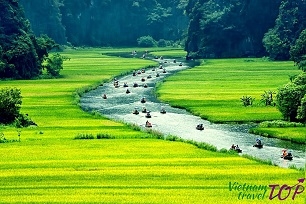Once considered the “Pearl of Asia”, Phnom Penh fell victim to war and upheaval. But today, the city has revived itself with intriguing markets, a charming café culture, and a delicious food scene. If you’re travelling to Cambodia’s capital, this guide will give you everything you need to know about getting to and from the airport, what to do in the city, and the best books on Cambodia to read before you go.
Getting to and from PNH
Taxis are the best way to get to and from the airport in Phnom Penh. Taxis are not metered but there is an official booth at the domestic and international terminals with set prices. Cost is typically USD 10 one-way to the city centre and centrally located hotels.
A remork (Cambodian tuk tuk) is also available to and from the airport to the city centre. Official airport remorks are organised at the taxi stand next to airport terminal. Cost is usually about USD 5 one-way from to the city centre or centrally located hotels.
Public transit to and from the airport is not available; however, some hotels or guesthouses will offer free pick-up and drop-off to the airport by taxi or remork.
Getting around Phnom Penh
Taxi: There are a few metered taxis available around town, mainly on the route between the airport and the waterfront area. Taxis cost USD 75 cents per kilometre. Two taxi services are Global Meter Taxis and Taxi Vantha. Branded taxis with signs are generally reliable.
Remork: Most locals travel by remork. Short journeys around the city cost approximately USD 2-3 (remorks seat up to four people). A remork can also be hired for USD 15-20 per day, spending on the duration and distance. It’s easy to hail a remork down outside hotels, tourist sites, and other places around Phnom Penh. Be sure to negotiate the price before you start the journey.
Cyclo: Cyclos (bicycle rickshaw) are are great way to see the sights of the city at a slower pace. The Cycle Centre is a local NGO providing support for the cycle drivers who are some of the poorest members of Cambodian society.
Walking: Walking around during the day is a great way to see the city. However, as with other big cities, bag snatching and pickpocketing does occur. It’s wise not to carry your passport or other valuable items with you, including expensive cameras and phones. Keep your bag strapped across your body. If you’re walking at night, walk in a group.
Things to do in Phnom Penh
Start your day like the locals do with an aerobics class. There are a number of places around the city where locals gather to exercise, including public gardens and the Olympic Stadium. You’ll likely be the only foreigner in sight working up a sweat with a combination of dance and aerobics. Part of the fun is playing “recognise that song” — popular Western songs are often sung with Khmer lyrics. Aerobics takes place in the mornings usually around 6am to 7am and again in the evening from 5pm to 6:30pm. Cost is only 2,000 riel (or USD 0.50) per person.
A great way to make new friends is to play sai, a local version of hacky sack. The sai (a rattan ball) costs roughly USD 3 or a cheaper shuttlecock-like version will also work and costs less than USD 1. Pull out your toy any time after 3pm and make instant friends with the locals.
Experience the rich, vibrant culture of Cambodia at Cambodian Living Arts. This not-for-profit organisation provides opportunities for students and graduates of national performing arts institutions. Shows feature a range of traditional dances, puppet shows, and country folk dances performed in the garden of the National Museum each weekend. Shows are priced USD 15 for adults.
If you’re travelling to Phnom Penh in October or early November, don’t miss Bonn Om Touk (Water and Moon Festival). It’s the biggest festival in Cambodia and celebrates the beginning of the dry season. Up to a million spectators flock to the capital to support their local boat crew and to celebrate the reversal of the flow of the Bassac River. The three-day festival includes longboat races, music, dancing, fireworks, and food stalls. The festival finishes with candles floating down the river into the darkness.


